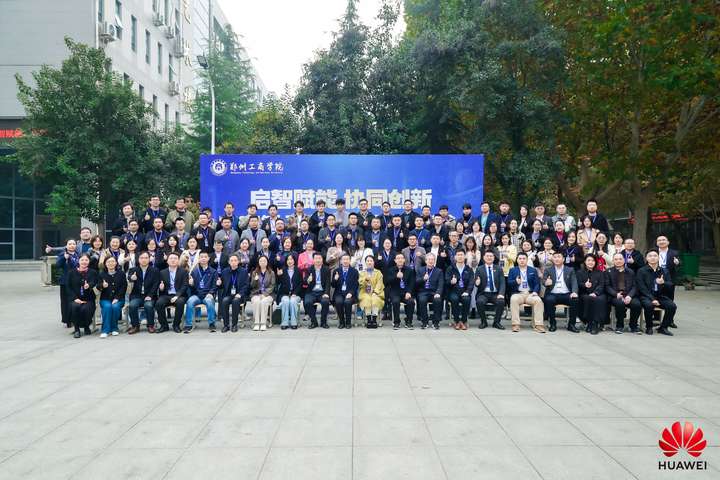uniapp应用与h5之间的通信(web-view)
二、h5页面1.引入uni.webview.1.5.4.js(可下载在本地)下载地址:uni.webview.1.5.4.js2.h5向应用传递消息// index.vue
·
一、应用页面(web-view)
<template>
<view>
<web-view @message="handleMessage" src="https://uniapp.dcloud.io/static/web-view.html"></web-view>
</view>
</template>
<script>
data(){
return {
wv: null,
}
},
onReady() {
let _this = this
// #ifdef APP-PLUS
//此对象相当于html5plus里的plus.webview.currentWebview()。在uni-app里vue页面直接使用 plus.webview.currentWebview()无效
var currentWebview = this.$scope.$getAppWebview()
setTimeout(() => {
// 获取webview内容实例
this.wv = currentWebview.children()[0]
// 此处为测试代码,可根据需求更改为按钮点击发送消息及实时发送
setTimeout(()=>{
_this.upH5Event('我是应用,我给你传递消息了')
}, 2000)
}, 1000); //如果是页面初始化调用时,需要延时一下
// #endif
},
methods: {
//向H5页面发送消息
upH5Event(msg){
//这里必须序列化!!!!!!~~~~~关键地方
msg = JSON.stringify(msg)
// 注意postJS:此处的postJS为h5中全局方法;若使用vue需要声明全局方法。
this.wv.evalJS(`postJS(${msg})`);
},
// 接收h5传递的消息
handleMessage(evt) {
console.log('h5向应用传递的消息是:',evt)
},
}
</script>
二、h5页面
1.引入uni.webview.1.5.4.js(可下载在本地)
下载地址:uni.webview.1.5.4.js
// main.js
import Vue from 'vue';
import App from './App';
// 引入uni.webview.1.5.2.js
import '@/static/uni.webview.1.5.2.js'
// 接收来自应用的消息
//定义全局方法,接收来自应用的信息
window.postJS = (msg) => {
console.log('来自应用的消息', msg)
}
2.h5向应用传递消息
// index.vue
<script>
onReady() {
document.addEventListener('UniAppJSBridgeReady', function() {
setTimeout(()=>{
// 重点:uni.postMessage在实际运行中总是报not a function;
// 然后运行到浏览器测试查看,uni.webView中存在postMessage方法,更改测试后可正常调用
// 向应用发送消息
uni.webView.postMessage({
data: {
order: 'playRecord'
}
});
}, 1000)
});
},
</script>
更多推荐
 已为社区贡献1条内容
已为社区贡献1条内容









所有评论(0)